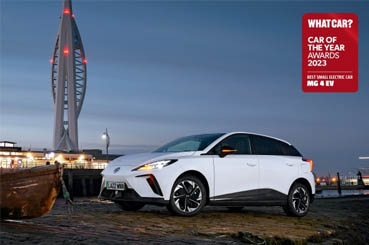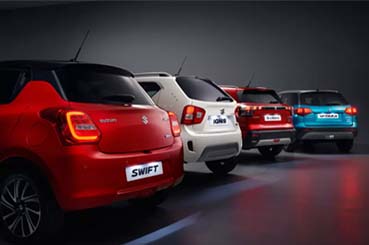Green Number Plate Introduced
From today zero-emission vehicles can display a unique number plate which features a green flash down the left-hand side to indicate its ‘green credentials’.
A Green Number Plate for Zero-Emission Cars
From today both new and used zero-emission vehicles are eligible to display the new number plates to help distinguish them from not only conventional internal combustion engine models, but also hybrids.
The hope is that the introduction of green number plates will enable local authorities to boost incentives for those driving cleaner vehicles. The incentives are yet to be defined although may include zero-emission parking zones, exemptions from road charges and even zero-emission lanes.
The introduction of the new number plate takes its inspiration from a similar scheme in Ontario, Canada. In Ontario, zero-emission vehicles gain privileges like free access to toll lanes.
A New Look
The new ‘green number plate’ in the main part looks like a standard yellow or white registration plate. The difference being a distinctive green flash on the left-hand side in line with the European country marker.

As it stands, mainly electric vehicles (EVs) will display the new green number plates. However, as the industry continues to adapt, they could apply to other vehicles, as long as they meet the strict zero-emission target. Furthermore, while many will choose to display this new plate, it is not compulsory on new models.
Department of Transport Drives Change
The introduction of the green number plate was announced back in the summer. It has been spearheaded by the Department for Transport as part of the government’s plan to achieve net-zero emissions by 2050 and end the sale of new petrol and diesel cars and vans in the UK by 2030. This ambitious plan puts the UK on course to be the fastest G7 country to decarbonise cars.
As part of their investment, the government plans to provide 12 million pounds of funding for research into the zero-emission market. This will help develop green vehicles and improve charging technology.
Ten million pounds will fund a new ‘Zero Emission Vehicle Innovation Competition’. It will invite applicants to bid for project funding to support advancements in both battery EVs and hydrogen fuel cell vehicles as well as charging infrastructures.
The remaining two million pounds will go to small and medium-sized businesses to support research and development, to drive local economic growth. With hope, it could secure around 6000 more skilled jobs within the growing industry.
“Not only will green number plates raise awareness of the increasing number of cleaner vehicles on our roads, they could also unlock a number of incentives for drivers. It’s clear there has never been a better time to make the switch to a zero-emission vehicle.”
said Transport Minister Rachel Maclean
Your Thoughts on the Green Number Plate
Research from Nissan and YouGov claims 32 per cent of people they surveyed were more likely to buy an electric car due to the new green number plates and prospect this will bring further incentives. However, this research is not universally accepted. The RAC, in particular, have voiced reservations about the introduction of the green number plate. They claim in their own research only one-fifth of drivers think the new number plates are a good idea.
So the question is, what do you think about the introduction of the new green number plates on zero-emission vehicles? Will the green number plates encourage you to make the switch to a less polluting vehicle? Or is it the introduction of new incentives that will encourage you to make the switch to an EV?
Let us know your thoughts in the comments below.
Blog Comments
To view, comment or reply to comments you must be logged into facebook




